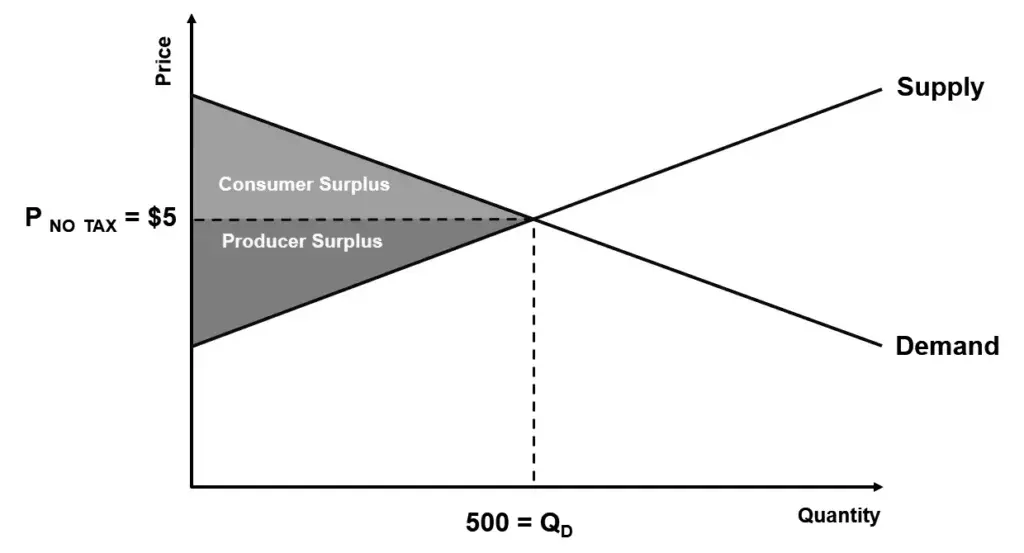Introduction
In the realm of decision-making, there are various mental models that influence how we perceive and evaluate choices. One such model, known as “Deadweight Loss,” reveals the hidden costs and irrationality that can arise from our decision-making processes. This blog post aims to provide a comprehensive understanding of Deadweight Loss, its relevance in decision-making, its anchoring in human psychology, and practical strategies to avoid falling victim to this mental trap.
Defining Deadweight Loss and its Relevance: Deadweight Loss refers to the economic inefficiency that occurs when the allocation of resources deviates from an optimal state, resulting in a net loss of value to society. In simpler terms, it represents the negative consequences that arise when decisions lead to outcomes that are suboptimal, either for individuals or society as a whole. Deadweight Loss is a crucial concept in decision-making processes as it reveals the hidden costs and trade-offs associated with our choices.
Anchoring Deadweight Loss in Human Psychology: Deadweight Loss is rooted in human psychology, influenced by various cognitive biases and psychological phenomena. One prominent bias contributing to Deadweight Loss is loss aversion, where individuals tend to strongly prefer avoiding losses over acquiring gains, leading to suboptimal decision-making. Additionally, status quo bias plays a role, as people often resist change due to the fear of potential losses, even when the change could lead to a more efficient outcome. Anchoring bias, confirmation bias, and herd mentality are other psychological phenomena that contribute to Deadweight Loss.
Examples of Deadweight Loss in Various Contexts:
- Personal Life Decisions: Imagine an individual who purchased a non-refundable ticket to a concert but falls ill on the event day. Despite being aware of their physical condition, they choose to attend the concert to avoid the perceived loss of the ticket price. However, attending the concert worsens their health and diminishes their overall well-being. In this case, the individual falls prey to Deadweight Loss by not considering the opportunity cost of attending the concert while neglecting their health.
- Business Scenarios: In the business world, Deadweight Loss often manifests when organizations cling to outdated technologies or inefficient processes due to the fear of change. For instance, a company reluctant to adopt new software that could streamline operations and reduce costs may stick to outdated methods, resulting in wasted time, increased expenses, and missed opportunities. Here, the fear of change and loss aversion contribute to Deadweight Loss.
- Public Policy-Making: In public policy, Deadweight Loss can arise when regulations impose unnecessary burdens on businesses or individuals, leading to reduced economic efficiency. Excessive licensing requirements for certain professions, for example, create barriers to entry and hinder competition, ultimately limiting consumer choice and increasing prices. Such policies fail to consider the potential benefits of liberalizing markets, resulting in Deadweight Loss for society as a whole.
Psychological Biases and Underpinnings of Deadweight Loss: Several psychological biases contribute to Deadweight Loss. Loss aversion, as previously mentioned, leads individuals to avoid potential losses at the expense of potential gains. Anchoring bias influences decision-making by relying heavily on initial information or existing beliefs, often overlooking better alternatives. Confirmation bias leads individuals to seek information that supports their preconceived notions, disregarding alternative perspectives. Additionally, herd mentality influences decisions as individuals tend to conform to the choices of others rather than critically evaluating alternatives.
Identifying and Avoiding Deadweight Loss: To avoid succumbing to Deadweight Loss, it is crucial to recognize the signs and biases that contribute to irrational decision-making. Some strategies and techniques to counteract Deadweight Loss include:
- Mindful Decision-Making: Actively reflect on the potential costs, benefits, and trade-offs associated with a decision, considering both short-term and long-term implications.
- Embrace Change: Overcome status quo bias by recognizing that change can lead to better outcomes and increased efficiency. Be open to exploring new ideas and alternatives.
- Seek Diverse Perspectives: Challenge confirmation bias by actively seeking out dissenting opinions and considering alternative viewpoints. This broadens the decision-making process and reduces the risk of tunnel vision.
- Analyze Opportunity Costs: Consider the potential gains that could be achieved by selecting a different option, rather than solely focusing on avoiding potential losses.
- Be Aware of Herd Mentality: Encourage independent thinking and critically evaluate decisions instead of blindly following the choices of others.
The Value of Awareness and Active Avoidance: Understanding Deadweight Loss and actively avoiding it in decision-making processes can yield significant benefits. By recognizing and countering the biases that contribute to Deadweight Loss, individuals can make more rational and informed choices, leading to improved personal well-being, increased business efficiency, and better societal outcomes. Awareness of Deadweight Loss empowers individuals to navigate decision-making with greater clarity, embracing change, and optimizing the allocation of resources.
Conclusion
Deadweight Loss represents the hidden costs and inefficiencies that can arise from suboptimal decision-making. Anchored in human psychology, Deadweight Loss can lead to irrational decisions and adverse outcomes in personal, business, and public policy contexts. By understanding the biases that contribute to Deadweight Loss and employing practical strategies, individuals can make more objective decisions and avoid falling prey to this mental trap. Awareness and active avoidance of Deadweight Loss are essential for achieving optimal outcomes and fostering a more efficient and prosperous society.
